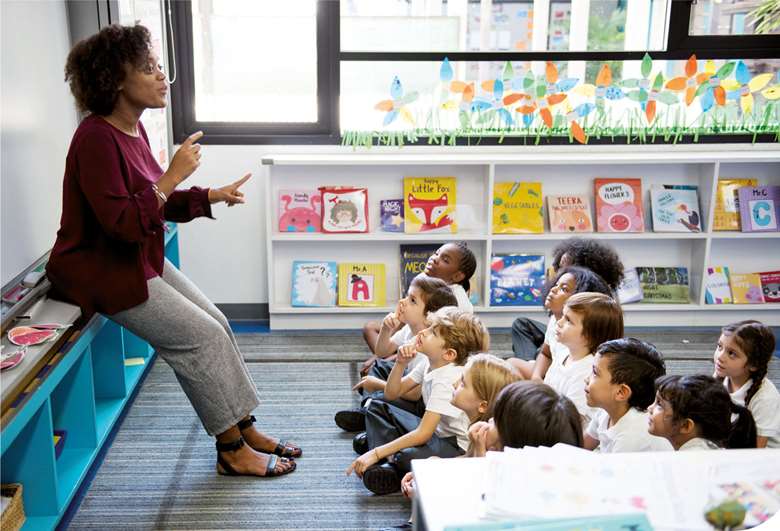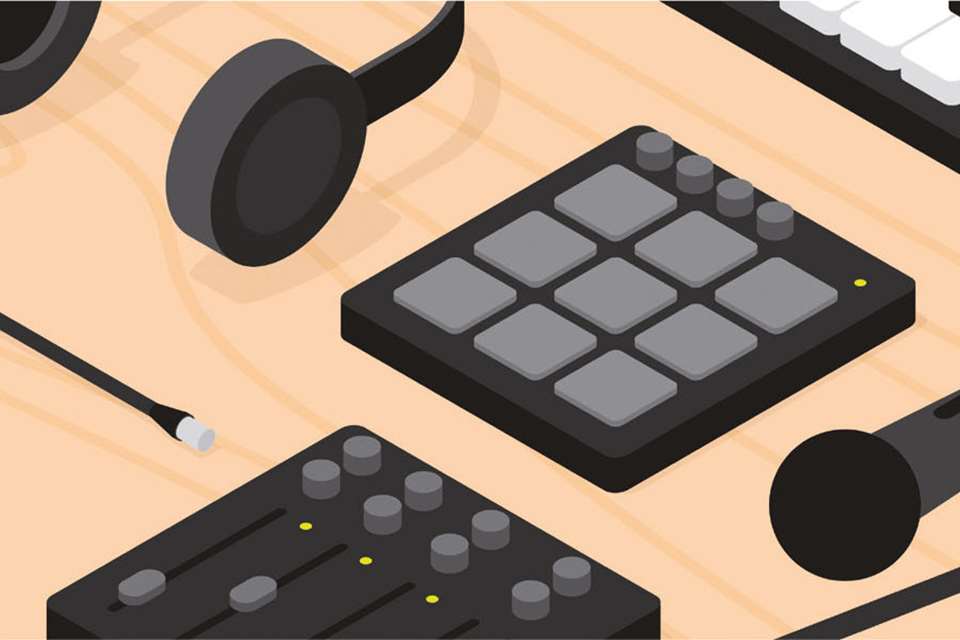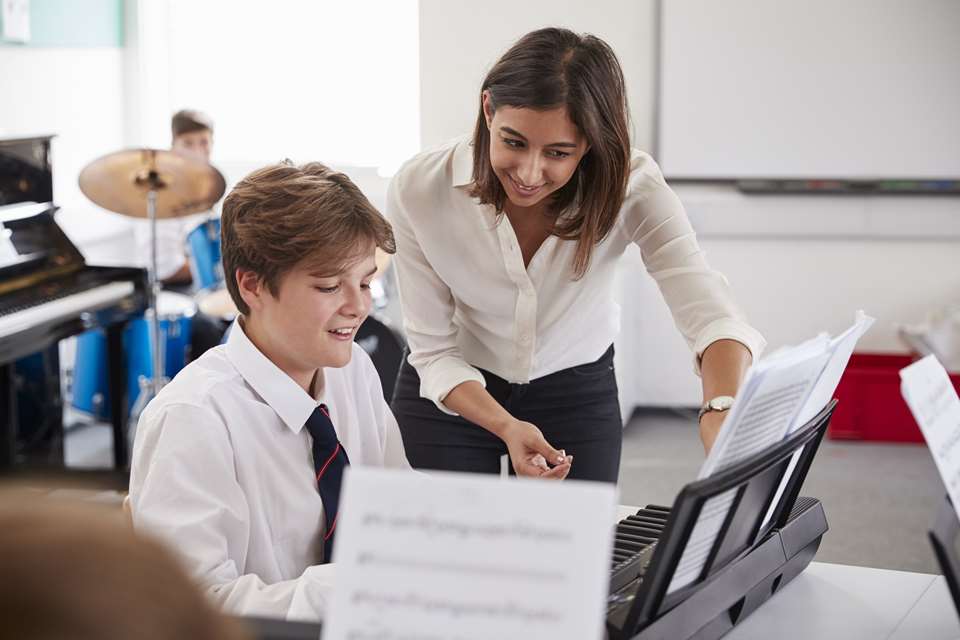Music teacher education column: Behind the magic trick
Rebecca Berkley
Friday, October 1, 2021
In the first of her series of columns on music teacher education, Rebecca Berkley shares a success story and reflects on what's gone and what's to come for trainee music teachers.

rawpixel.com/AdobeStock
In the summer term 2019, C (let's call her), a BA in Primary Education Music trainee teacher at the University of Reading, presented a lesson plan to Mrs S, the class teacher at her placement school. The lesson started with the Year 3 children singing the round Popocatepétl, from the Sing for Pleasure Junior Song Pack. The children performed the round in four parts, along with actions and rhythmic ostinato.
Drawing on rhythms from the song, C helped the children to read through a series of rhythm games, ready for the children to progress to composing with these rhythm patterns in the following lesson. One of the key things that we teach our trainee music teachers is how to build lessons out of practical repertoire, so the children's learning is based on music that they have experienced through singing and performance, and C wanted to try this out.
Mrs S was not a music specialist. She was ambivalent about C's plan, suggesting that it all looked quite hard, and wouldn't it be better to use the music website that the school subscribed to? C insisted (politely), and Mrs S agreed. The lesson went well, and C was very pleased that she was able to direct the children to sing the round in parts as she had been working on her conducting skills. The children loved the song and completed the rhythm reading work very successfully.
Mrs S was impressed and admitted that she secretly thought that the lesson plan was far too ambitious and that the sequence of learning the lesson predicted was unlikely to work. She described the way that C directed the children to sing the round in parts was ‘like a magic trick.’ And best of all, Mrs S asked C to show her how to lead a song because it looked like so much fun and she wanted to learn how to do it herself.
We were not long into the academic year 2019-20 when the lockdown swept in. Live, practical music lessons are really difficult to deliver online. You can't see and hear all the children walking and moving to the beat, you can't hear groups singing and playing together, and pupils probably don't have musical instruments at home for structured performing and composing. Many schools decided that live online lessons should be off-camera for safeguarding reasons.
I myself know the challenges of having enough devices and WiFi bandwidth for multiple video calls to happen simultaneously with parents and children all working at home together. Our students working in secondary schools reported that pupil engagement for online music lessons was very varied. Some reported that only around 16 per cent of pupils actively engaged with these lessons.
When schools cautiously re-opened in Autumn 2020, trainee teachers were designated as key workers, allowing them back in schools in person. However, classroom music suffered because of concerns about infection risk through handling instruments and singing. One of our Master's students reported that music classrooms at their secondary school were stripped of instruments to increase the room capacity for social distancing, and they had to teach GCSE Music lessons using online instruments in science and computer rooms. Extra-curricular ensemble rehearsals were forbidden as class and year group bubbles could not be mixed. Music teachers have exhausted themselves with long hours of creative problem solving to overcome these challenges, as many readers will know.
So, it is with great hope (and quite a bit of secret trepidation) that I watch our trainee music teachers setting out on their placements this academic year. Year 1 BA Ed. trainees have just started out with visits to placement schools on Thursdays. The music specialists are leading rhymes, games and songs with Key Stage 1 children and are finding out what musical play feels like with real children in real time. I have been able to teach them this repertoire by modelling how children learn, such as playing rhythm games with sticks and balls to pass the beat and co-ordinate rhythm performance with singing.
Last year, physical activity like this was not permitted and we had to watch videos of children doing these games. Year 3 trainees will soon start on their final placement, which includes teaching a unit of music which they will share with our external examiner in the Spring term. I am so pleased that these trainees will experience what is so important in music teaching – teachers and children making music together, live and out loud in the classroom every day.




